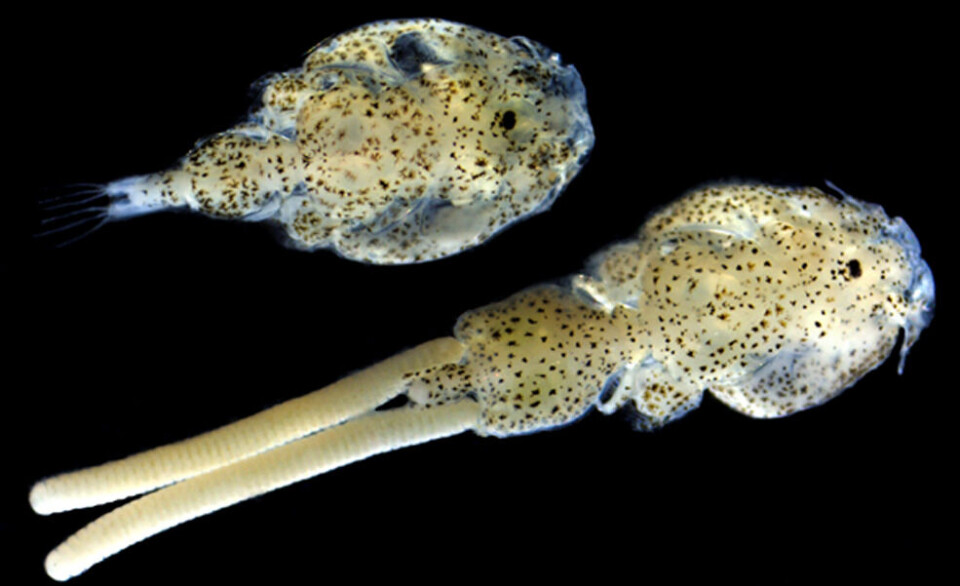
New way to evaluate sea lice vaccine prototypes is proposed
In vitro approach in Atlantic salmon cell lines could be the basis for the development of parasite solution
For some years now, scientists from the University of Concepción and the Incar Centre in Chile have been studying different molecules as candidates for vaccines against Caligus sea lice. However, this task is not without its challenges and limitations, reports Fish Farming Expert’s Chilean sister site, Salmonexpert.cl.
As the evaluation of these prototypes in the field is complex, the researchers carried out a study with the aim of evaluating whether the use of cell lines could accelerate the production process of recombinant vaccines and simplify the study of their impact on the transcriptional immune response.
To do this, they evaluated the transcriptomic response of SHK-1 cells and fish vaccinated with the possible vaccine candidate antigen, cathepsin.
24.15% match
The protein was cloned and expressed recombinantly in Escherichia coli, and then SHK-1 cell lines were stimulated with 100 ng/mL of the recombinant antigen for 24 hours. In parallel, Atlantic salmon were vaccinated with 30 ug/ml of the same protein and anterior kidney samples were collected 30 days after immunisation.
As a result, the experts found differences between the transcriptomic profiles of the SHK-1 cells and the kidney samples, but with 24.15% identity between the differentially expressed genes.
However, the gene expression of long non-coding RNAs (lncRNAs) was different between the groups evaluated.
Highly correlated
“The top 50 up- and down-regulated lncRNAs were highly correlated with genes involved in the immune response, iron homeostasis, proinflammatory cytokines, and apoptosis,” the study authors noted.
Also, both tissues shared highly enriched pathways related to the immune system and signal transduction.
With these results, the experts concluded that it is indeed possible to use this approach in vitro (in the laboratory) to evaluate candidate antigens for the development of vaccines against sea lice.
“The current study demonstrates that it is possible to use cell line culture for initial antigen detection to develop sea lice vaccines, reducing the time consumption associated with antigen selection. However, in the next step, an in vivo (in the animal) trial is required to validate the candidate vaccines and determine their efficacy in reducing sea lice,” the scientists explained.
Read the full study titled “Comparative Transcriptomics in Atlantic Salmon Head Kidney and SHK-1 Cell Line Exposed to the Sea Louse Cr-Cathepsin”, here.






















































